Conventional clothes of India differ from one a part of the nation to a different primarily based on geography, local weather, ethnicity, and tradition. Within the period of westernization and globalization, India has managed to protect its tradition by way of the clothes worn. Conventional Indian garments are particularly a staple in celebrations reminiscent of weddings and festivals.
12. Historical past Of Style In India
Clothes worn in India have developed over time. Influences from the Gupta interval, institution of Islam, and British colonization have been seen in Indian costumes all through historical past. Style in India grew to become a widespread phenomenon after independence, particularly within the late the Eighties by way of to the Nineteen Nineties. Throughout this era, India was uncovered to world style, and an financial increase fueled the expansion of the trade. Rising Indian designers merged each previous and western parts and perfected the artwork of embroidery to make assertion clothes. The thriving Bollywood trade additionally contributed a lot to the increase of India’s style trade.
11. The Indian Saree
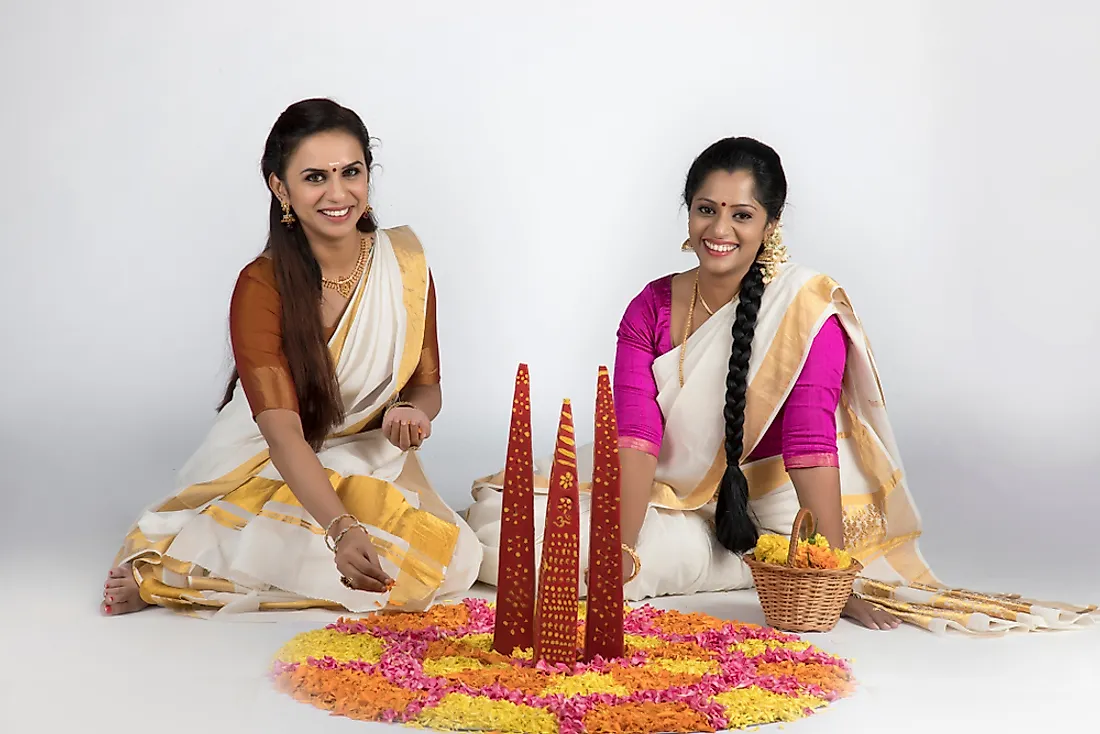
The Indian Saree is a standard gown for Indian ladies. It’s comprised of 1 piece of material which is 5 to 9 yards lengthy and two to 4 toes vast. The fabric is wrapped in quite a lot of methods relying on the event. The material is often wrapped across the waist whereas the opposite finish is draped over the shoulder such that the midriff is left naked. The garment’s historical past is traced again to as early because the Indus Valley Civilization. Indian folks most well-liked to wrap themselves with cotton materials because of the flexibility it allowed and the recent local weather. The garment has developed over time, and it’s worn by an estimated 75% of Indian ladies daily.
10. Lehenga Choli
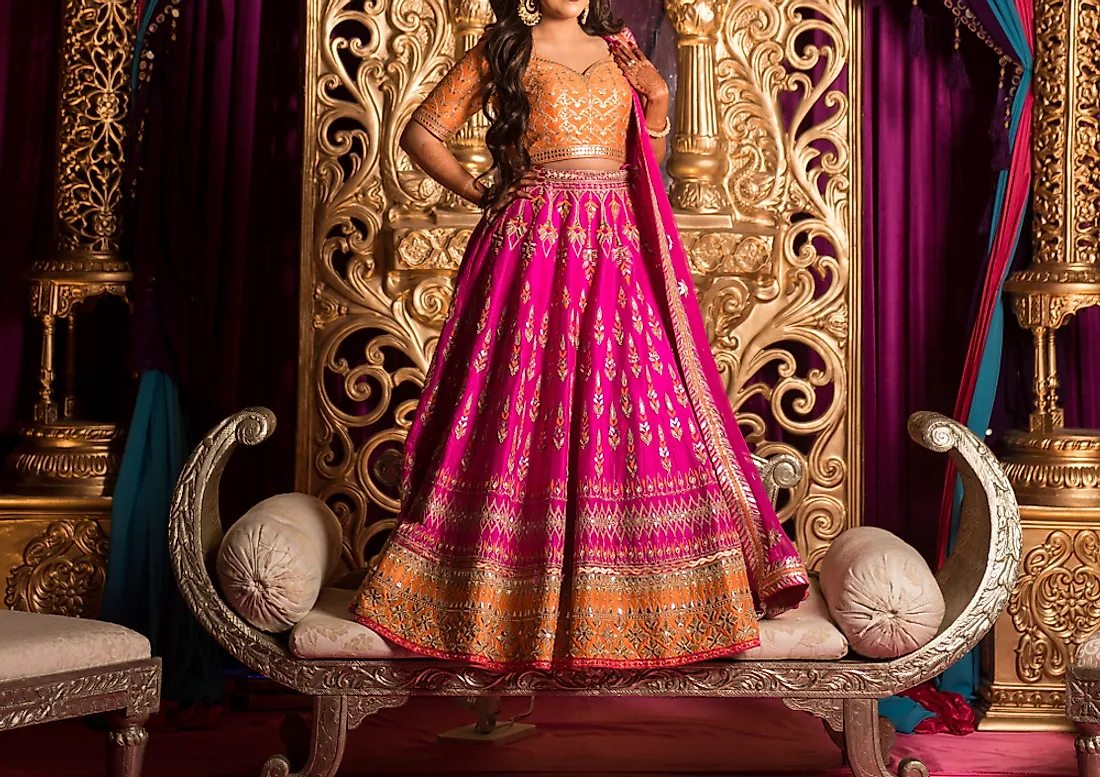
The cradle of the Lehenga Choli is within the areas of Gujarat, Rajasthan, and Kutch. The gown is an extended, minimize and flared skirt. The skirt is paired with the choli a shirt tightly fitted on the waist. The garment is made in varied colours and shades and its design closely borrows from the Mogul tradition. The outfit is characterised by intricate and beautiful embroidery and it’s mostly worn in weddings and festivals. The lehenga choli is usually accompanied with a chunri that could be a lengthy piece of shiny and colourful material, typically bordered with lace, that’s wrapped across the head and trails down the again, much like a veil worn in Chrisitan weddings.
9. Salwar Kameez And Churidar
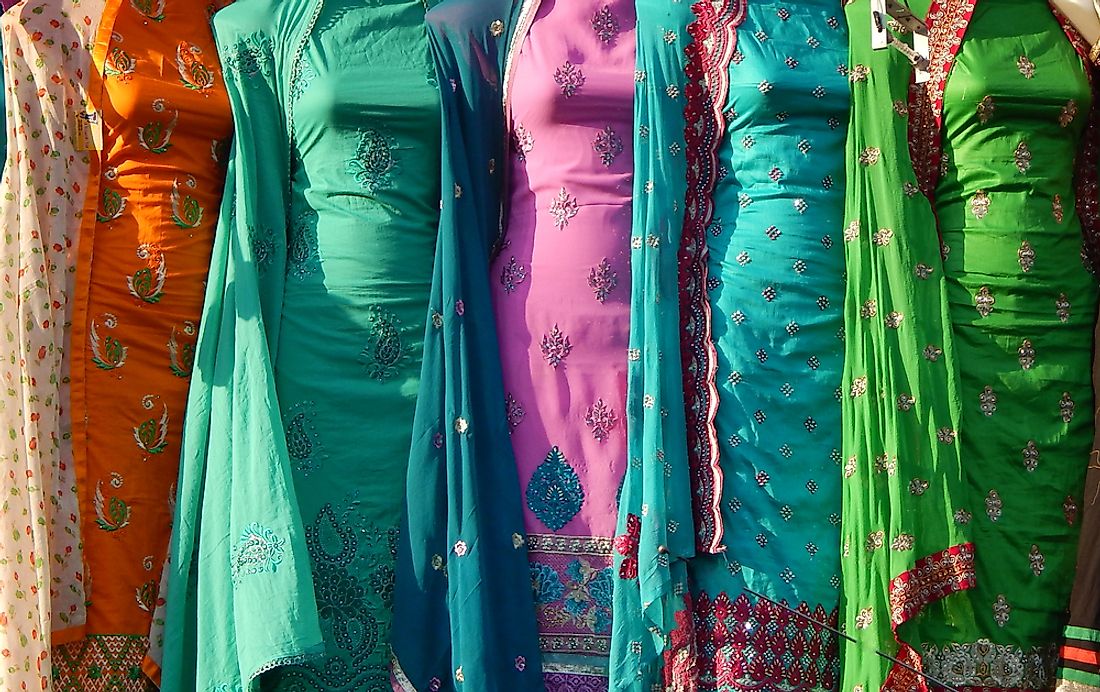
The Salwar Kameez and Churidar ensemble began off as a snug and respectable put on for Indian ladies in Punjab and Kashmir. It’s in the present day one of the generally worn feminine gown among the many conventional clothes in India. The outfit consists of pajama-like trousers known as salwar, which is made tight on the waist and ankles. A kameez, which is an extended and loose-fitting gown, is worn over the salwar. A churidar could also be worn instead of the salwar and suits extra tightly on the waist, hips and ankles. Style designers, by way of the usage of interesting designs, embroidery and textures have made this outfit extremely in style in India.
8. Panche or Lungi
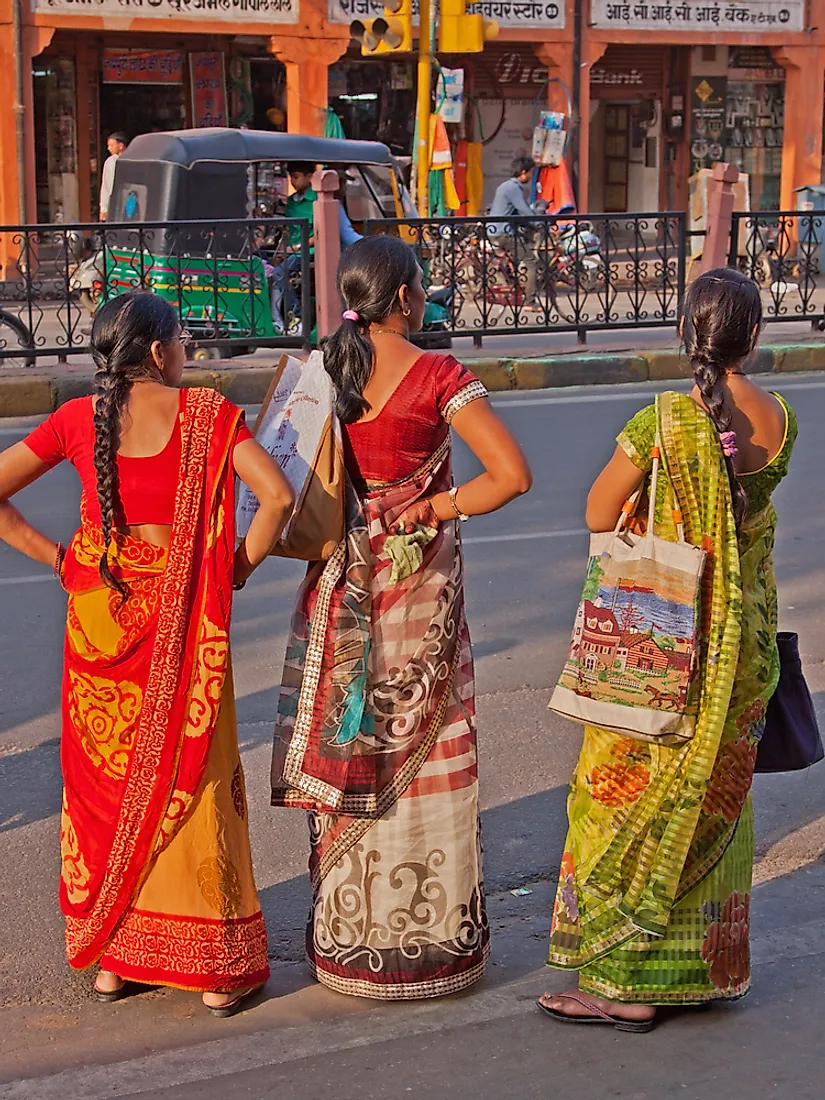
The Panche or Lungi is an extended piece of material wrapped across the waist which is among the hottest among the many conventional clothes of India. The Lungi is principally created from cotton and once in a while, it may be sewn to imitate a tube form. The garment is worn by each women and men, largely in casual events and it is vitally colourful and flowery. Within the above image, Punjabi bhangra dancers dance to the beats of Punjabi music carrying a lungi because the decrease garment.
7. Dhoti
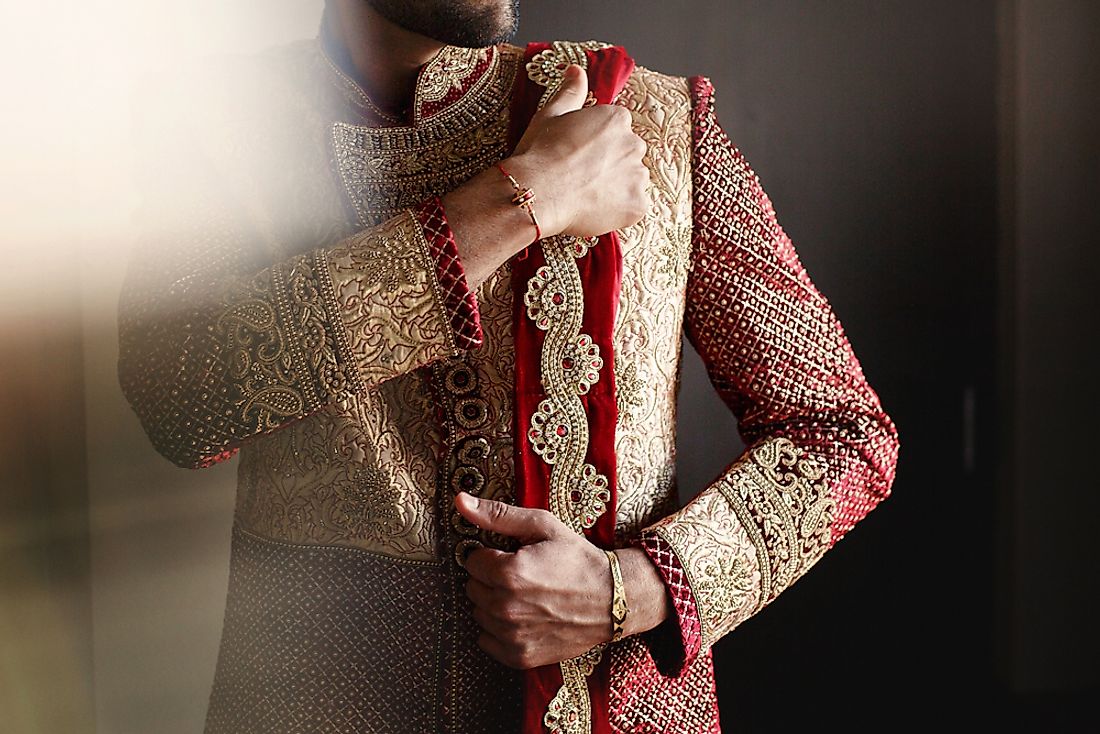
Dhoti garment is the standard gown for Indian males. The dhoti is an extended unstitched garment, largely 5 yards in size. The clothes is tied on the waist and ankles, with a knot on the waist. The dhoti is usually paired with the kurta, the mixture which is named dhoti kurta in jap India. The dhoti can also be paired with an angavastram within the south. The ensemble is regarded each as formal and casual put on and has developed over time to change into a chic cultural image. The well-known Indian freedom fighter, Mahatma Gandhi all the time wore a dhoti on all public events, popularizing this apparel past the Indian borders.
6. Bandhgala
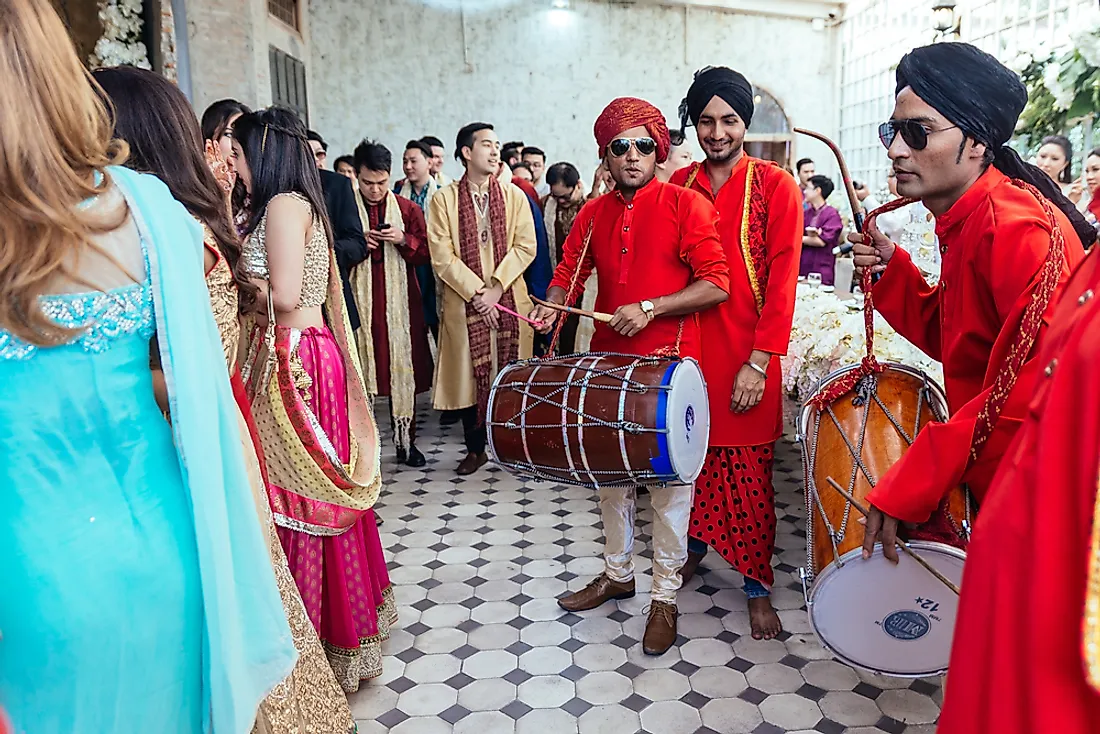
The Bandhgala can also be known as Jodhpuri, and it’s a conventional Indian go well with worn by males. The go well with is named Jodhpur because it originated from the state of Jodhpur in the course of the British occupation. The go well with is a western model coat and trouser, however with Indian embroidery and design. Generally the ensemble incorporates a vest. The go well with’s jacket is usually characterised by embroidered buttons and a lining on the collar. Thought-about to be a modern possibility among the many conventional clothes of India, the go well with is worn each to formal and casual events, and it’s broadly portrayed in Bollywood movies.
5. Angarkha
The Angarkha was an previous Indian court docket outfit, well-known for its flexibility and ease. The costume consists of an higher garment which overlaps and may both be tied on the correct or left shoulder. The garment can both be prolonged or minimize brief and might be worn over tops or jackets. The clothes is characterised by a round-edged triangular opening on the entrance aspect and the internal panel, known as the parda, covers the chest space and is seen by way of the opening. The garment’s design, minimize, and texture differ with area, and it’s hottest in Rajasthan and Gujarat.
4. Achkan/Sherwani
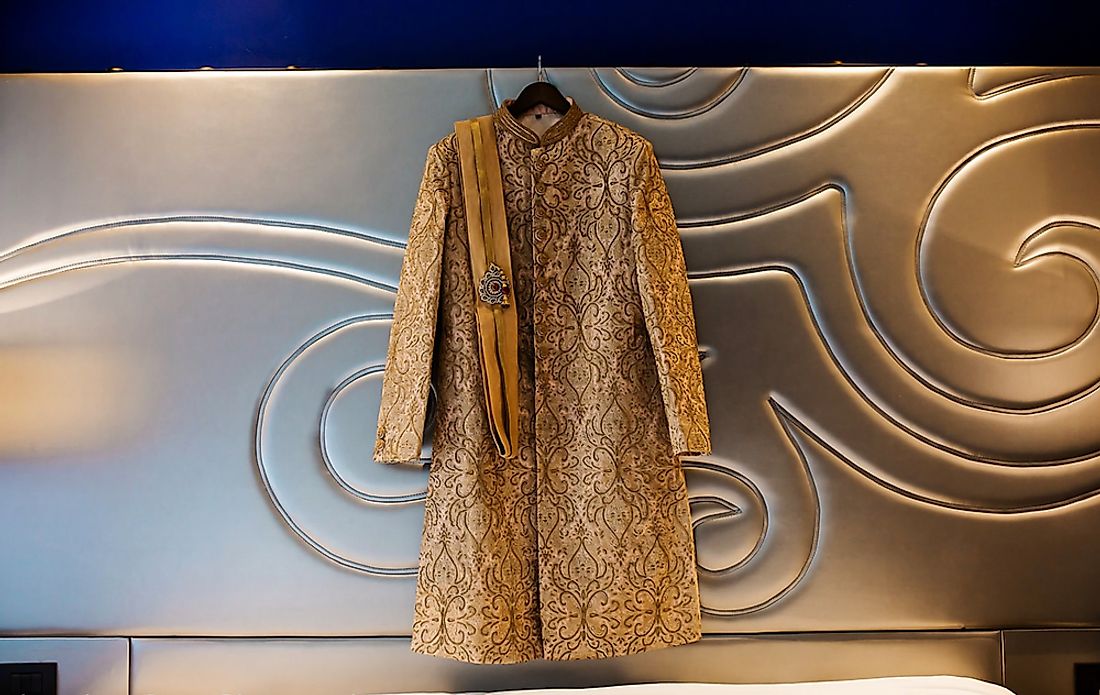
Achkan is a standard knee-length jacket worn in India. The garment was a medieval court docket put on for males, and it has developed over time to change into up to date put on. The Achkan has a frontal opening and aspect openings, which had been historically tied with strings. Achkan incorporates Indian embroidery, and it’s largely received with both churidar or dhoti. The garment is used for each formal and casual settings though it’s generally seen in weddings and different celebrations.
3. Jama
The Jama outer garment was popularized in the course of the Mughal Empire. The garment’s form mimics a tunic, and it has a good bodice and a skirt which flares out from the waist. The Jama has lengthy sleeves and the ties are mounted below the armpit. The garment’s ends are adorned otherwise from the remainder of the material. Much less in style among the many conventional clothes in India, the Jama is usually worn in Kutch area of Gujarat and Rajasthan the place it has been modified through the years to completely different types of clothes.
2. Headgear
Headgear in India encompasses a broad vary of items, from small to massive to plain and ostentatious. Probably the most well-known headgear in India is the turban, which is created from material winding. The turban is worn by males and represents respect and honor. Completely different kinds of the turban are worn in varied areas reminiscent of Pheta turban in Maharashtra and Peshawari turban in Peshawar. The Nehru topi can also be a favourite headgear to finish a standard ensemble.
1. Dressing In Trendy India
Globalization and westernization are influencing up to date dressing in India. Whereas Saree has lengthy been the preferred gown for ladies in India, ladies are choosing the less-conservative salwar kameez and churidar. Different ladies have embraced western clothes reminiscent of skirts and denims. Males in India, particularly the working class, reserve the standard clothes for casual events and are most of the time in Western outfits reminiscent of fits, denims, and t-shirts.



















































